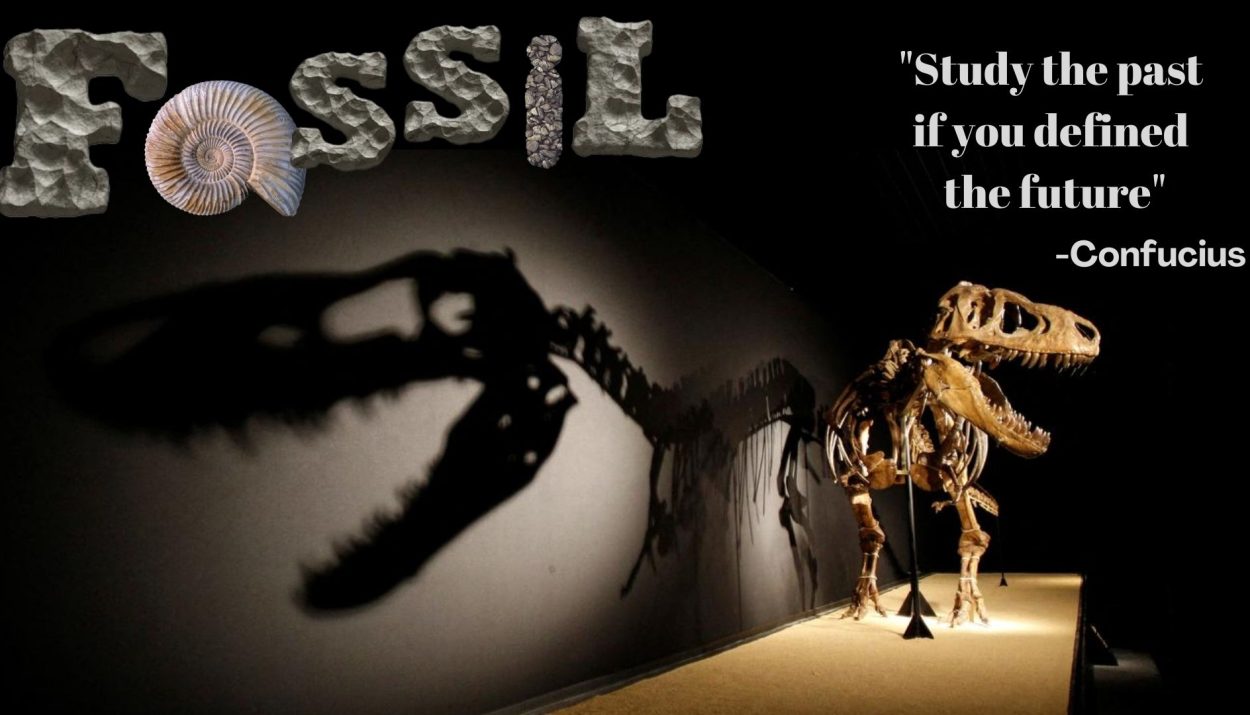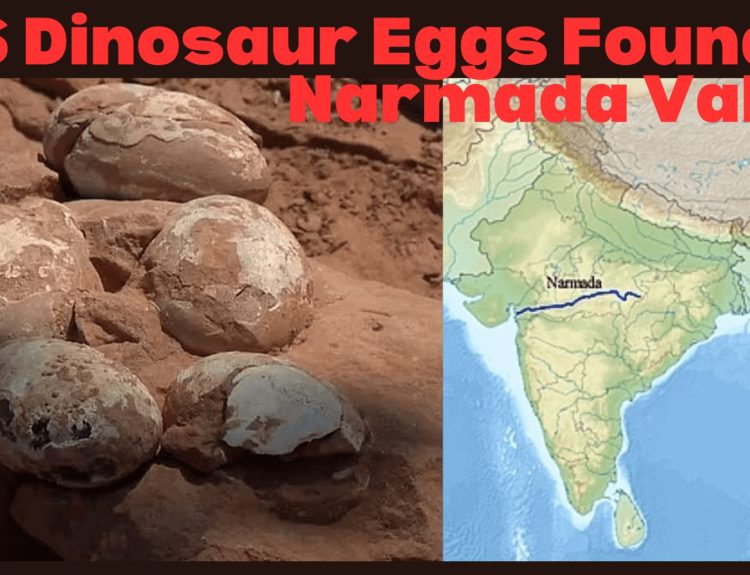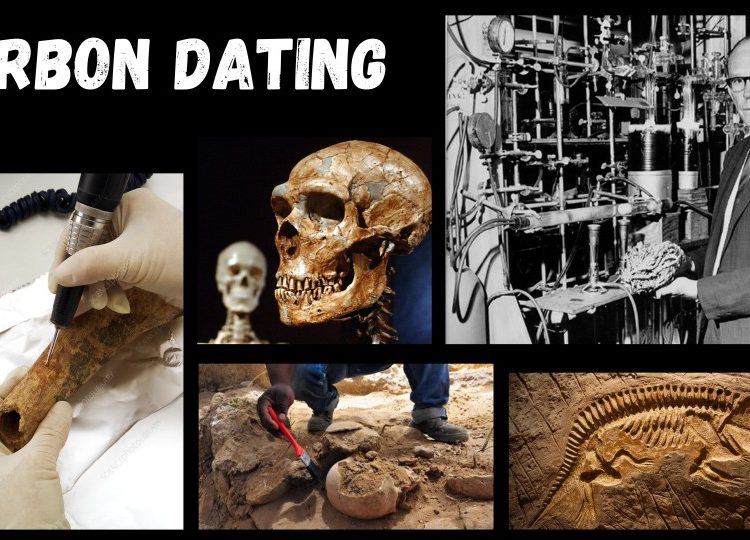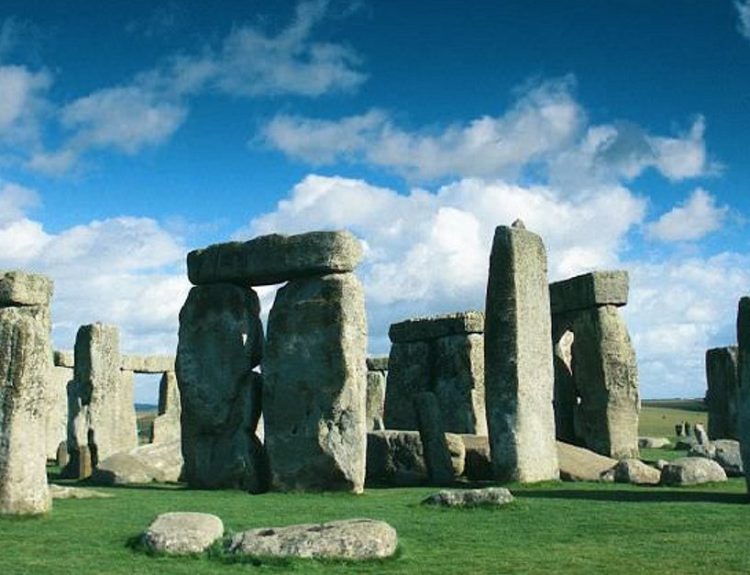Fossils are preserved body parts or impressions of organisms that lived in the distant past. They are formed naturally. They can be preserved in ice, river sediments, volcanic ash, tar, desert sandstone, rocks etc. Specimens become fossils if they are more than 10,000 years old. Fossils vary in size. It can be from a micrometre to several meters long (like dinosaurs).
The term fossil is taken from the Latin word “fossilis” meaning “obtained by digging”. The study of fossils is known as Palaeontology. A scientist who studies fossils is called a Palaeontologist. The tools used for collecting fossil records are a brush, shovel, trowel, chisel, pick hammer, magnifying glass, compass, etc.
Read – Introduction to Paleoanthropology
Fossils are hidden. They tell the story of life through stones. Many of the fossils discovered are ancestors of organisms living today, while some fossils are the remains of organisms that still exist. All fossils are irreplaceable. The fossil record can be altered during the process of fossilization. Fossils get altered by decay, chemical weathering, erosion and predators or scavengers. Fossilization of soft parts is rare as compared to hard parts.
The world’s oldest fossils, called Stromatolites, date back to about 3.5 billion years ago. Stromatolites are layers formed by the activity of cyanobacteria. It represents some of the earliest life on this planet. Stromatolites are still found in Australia.

Types of fossils
Many types of fossils are found around the world. The two major categories are-
Body fossils
Trace fossils (also known as ichnofossils)
Body fossils are the preserved remains of plants and animals. Trace fossils are records of animal behaviour such as footprints, dung, burrows, nests, etc. Trace fossils do not contain plants or animals but are imprints created by plant and animal activity.

Fossilization
Fossilization is the process by which fossils are formed. This is a rare process. This process requires specific conditions. This happens in many ways. Some of the methods are as follows-
Permineralization
Permineralization is the most common process of fossilization that occurs when the animal dies and its remains sink to the ground. Here minerals from groundwater get accumulated inside the empty spaces of organic tissues. Common minerals are calcite (carbonate mineralization), silica (silicification) and iron and sulfur (pyritization).
Petrification (‘petro’ means stone) is the process where mineralization hardens the bone and converts it into stone. An example is petrified wood.
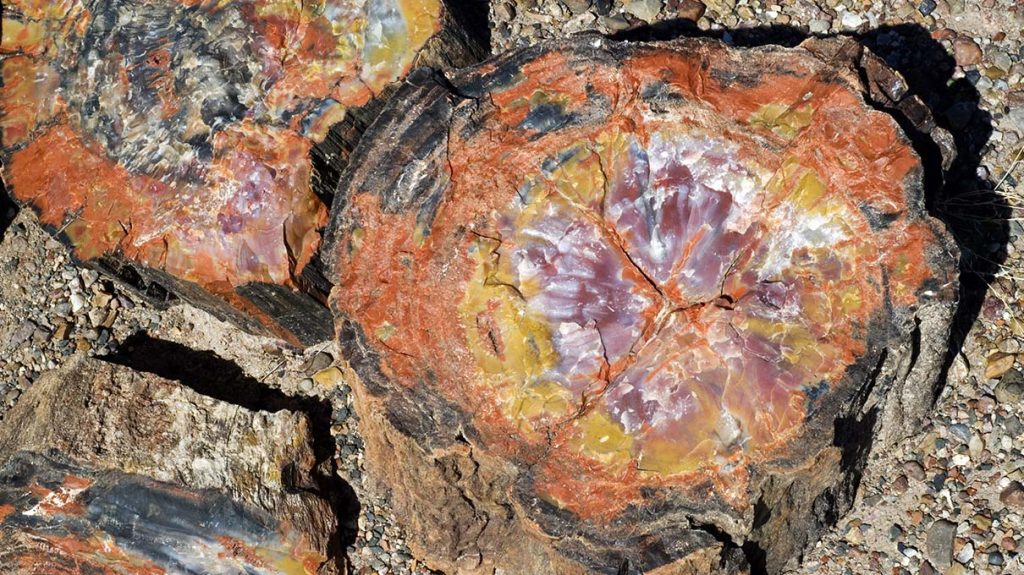
The fossils made here are in their original shape. Permineralization preserves both the soft and hard body parts.
Preserved remains
This is the rarest form of fossilization. This includes the preservation of the original skeleton or soft parts of the body. For example-
- Organisms preserved in tree sap- This can be possible when an organism gets coated by a sticky substance or resin produced by plants and with time the soft resin gets hardened and crystallized into amber with the organism trapped in.
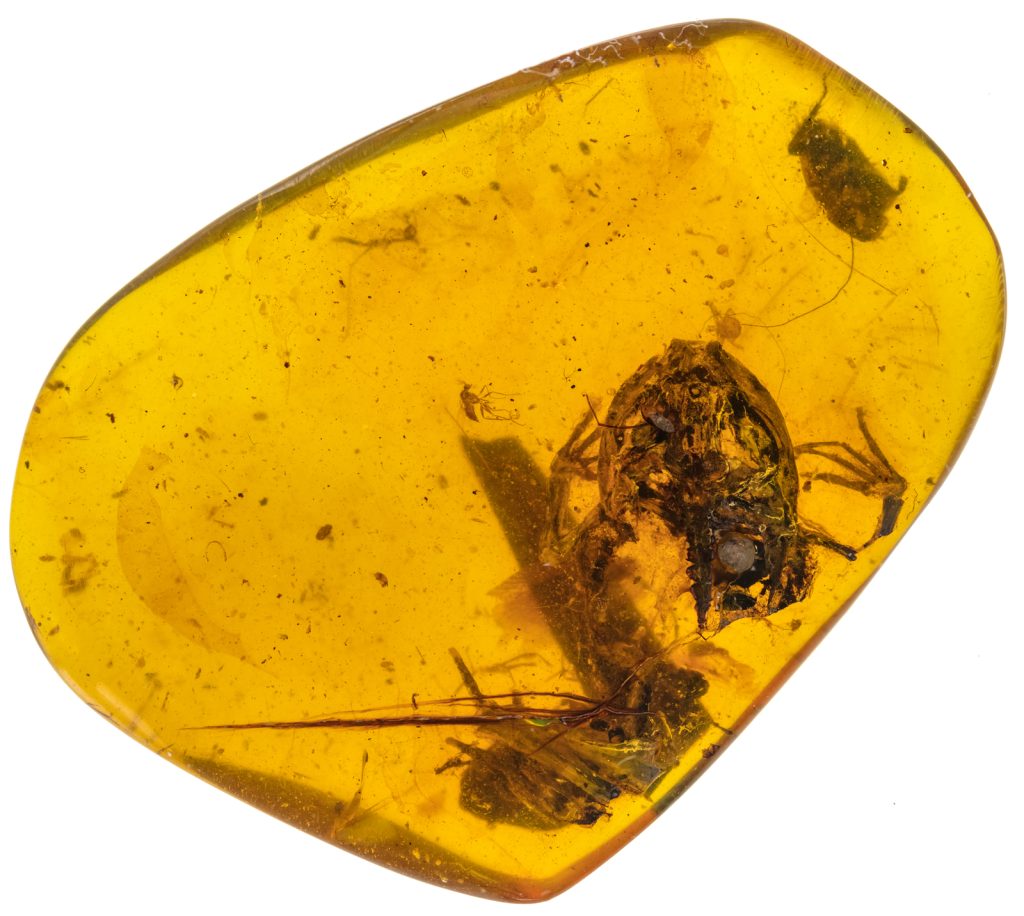
- Organisms were frozen in glaciers- Mammoths
Moulds and casts
Sometimes original bones get dissolve leaving behind the impressions or space on rocks known as mould. Later sediments filled in these moulds and formed a cast resembling the original shape of an organism.
The best-known example of moulds and casts are snails because their shell dissolves easily.
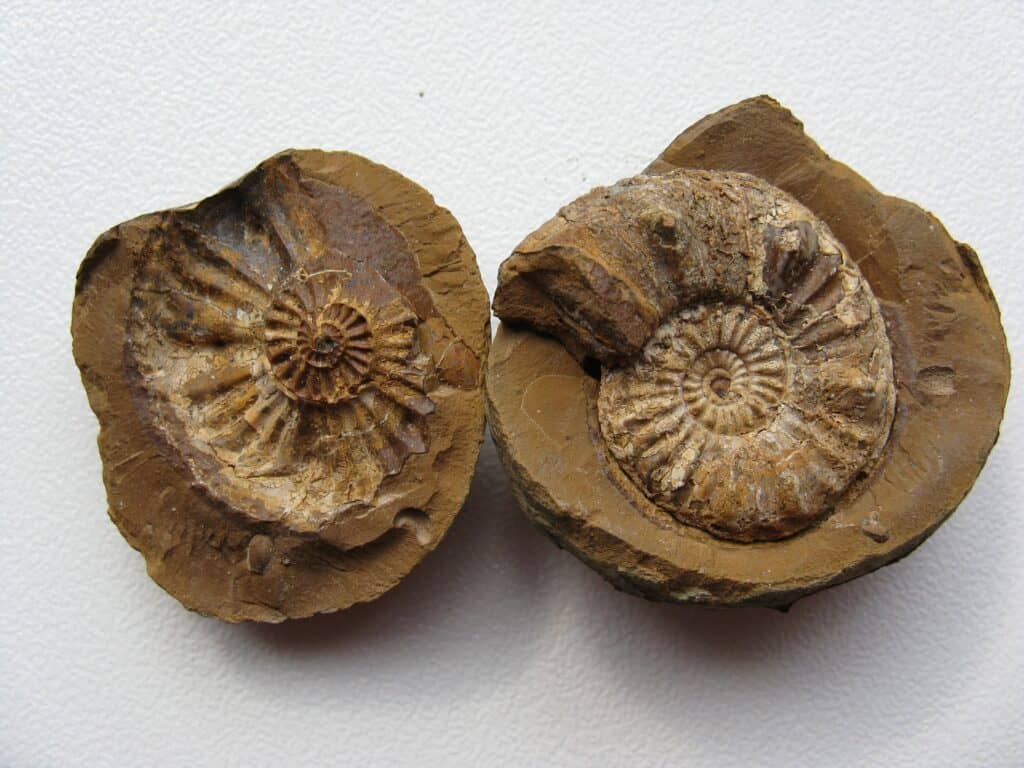
Compression
Compression fossils are preserved in sedimentary rocks. This is more common in plants than in animals. These are formed when plants get buried in sediments and the remains are compressed due to the high pressure exerted by the sediments from above. This leaves behind a deep imprint of the fossil.
Examples- fossils of leaves and ferns
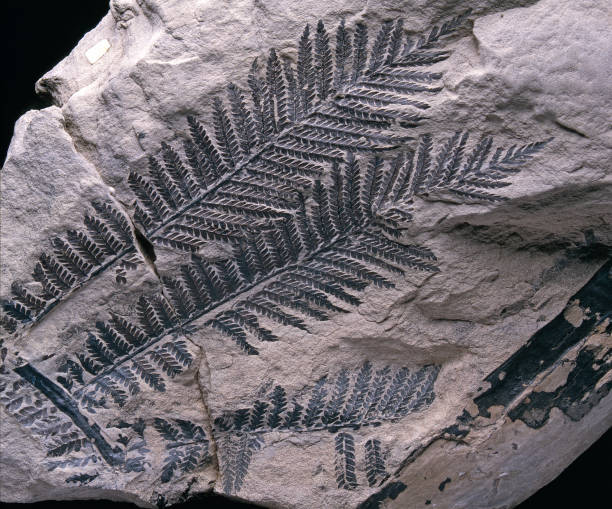
Carbonization
Carbonization turns soft tissues into thin black films of carbon. Many layers of carbonized plants make up the fossil fuel- coal. It occurs in the absence of oxygen or the presence of a low amount of oxygen.

Why do we need to study fossils?
A fossil is something that gives us information about the history of life on Earth. They provide information on such questions as-
How has life evolved?
How have all 9 continents that were once connected come apart?
How does the environment change over time and how do such changes affect human and animal life on Earth?
How does the Earth change over time?
It preserves crucial information about the organisms. The records contain sufficient information to determine the genus of the species. It helps in establishing relationships among different groups of organisms. Permineralization tells us about the internal structures of organisms. This helps to find out what kind of environment the organisms lived in in the past.
Fossils clear our past which helps us to understand the world better. Fossils have given us valuable clues to Earth’s past and who knows what is buried there for us to discover.
Thanks for reading.


